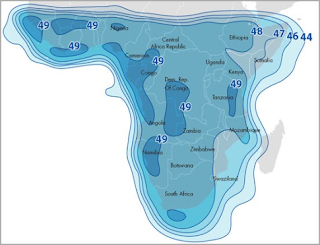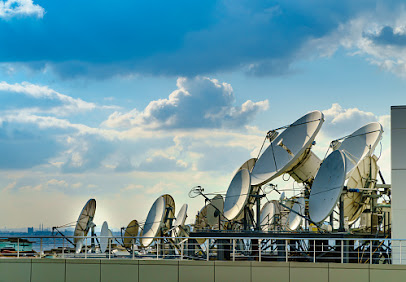An overview of Ka and Ku frequency bands
VSAT (Very Small Aperture Terminal) is pretty commonly used to provide Satellite Connectivity in Africa. These satellite terminals are of normally fixed, bidirectional use and have reflectors ranging between 75 cm and 1.2 meters on average. Traditionally, it was only implemented in VSAT C band (4 and 6 GHz) and (4 and 6 GHz) and then Ku-band (12 and 14 GHz). Today is also offered in Ka band (20 and 31 GHz). Ku-band and Ka-band are especially quite popular.
Ku-band has been in use for several years, but became more widespread with the emergence of VSAT. The frequency range of this band makes it possible to achieve high efficiency and maintain high levels of availability. It also allows the use of small equipment, including satellite antennas of 74 cm, thereby reducing complexity and logistic expenses. Even though Ku frequency can be advantageous for any sector that needs high bandwidth, it is predominately used in the oil, financial, mining, and energy industries.
Ka-Band in Africa has emerged as the next big thing in the domain of satellite technology in recent years, becoming a widely sought out alternative to the well-established Ku-band. Owing to its higher frequency, you can extract more bandwidth from a Ka-band system than Ku-band, which means a better data transfer rate and higher performance. As of now, Ka-band is generally used in small businesses and residences. More details of these frequency bands, as well as VSAT Teleport in Africa, can be found on the web.




Comments
Post a Comment